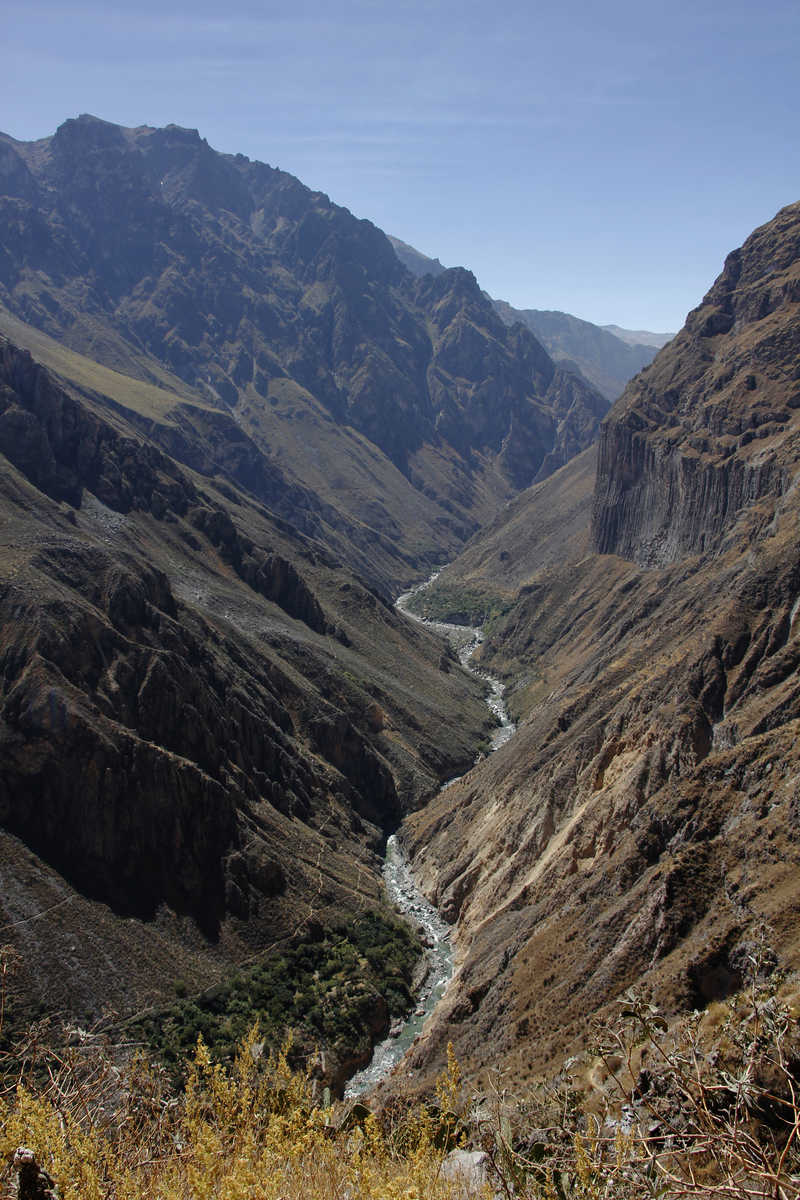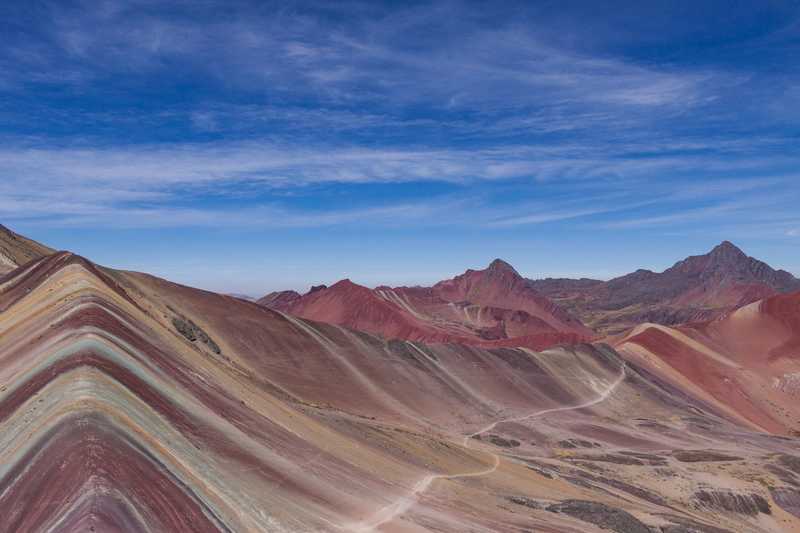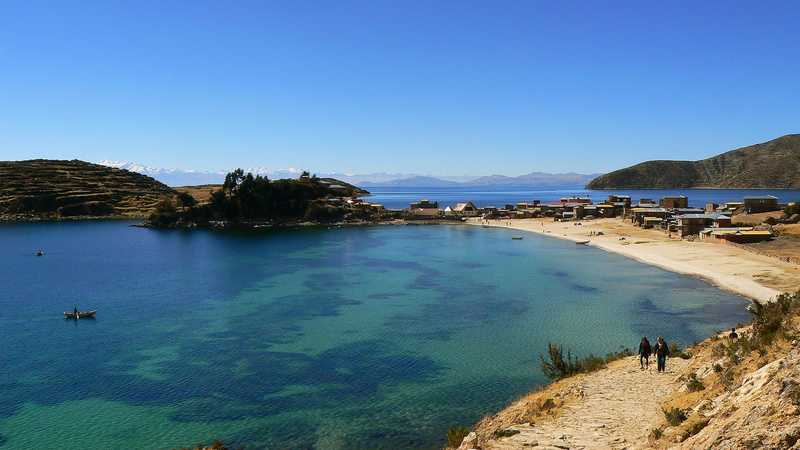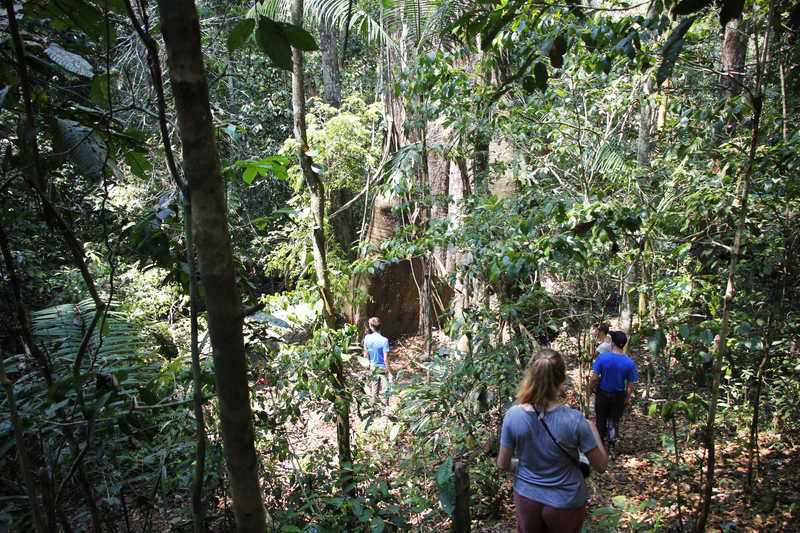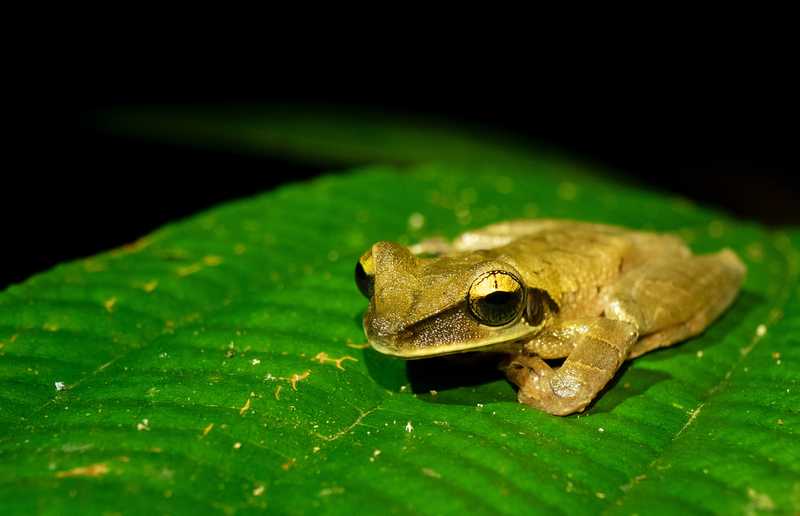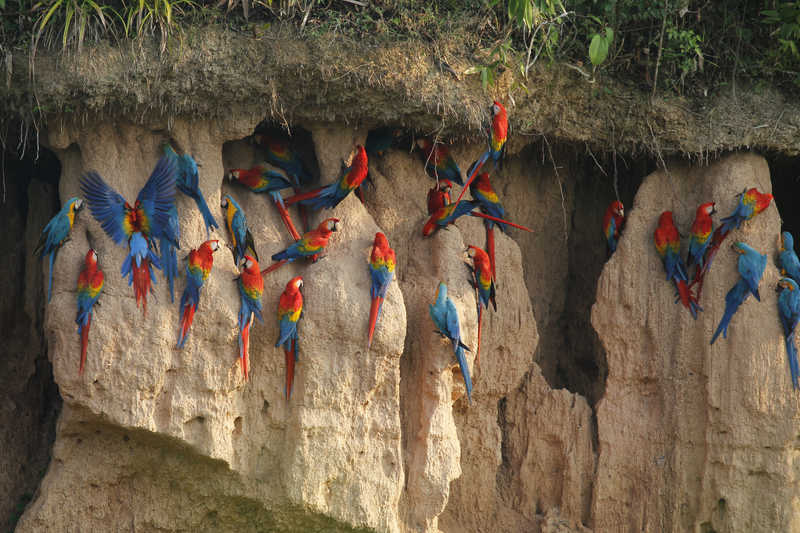Ausangate Trek
- Kandoo Trekking
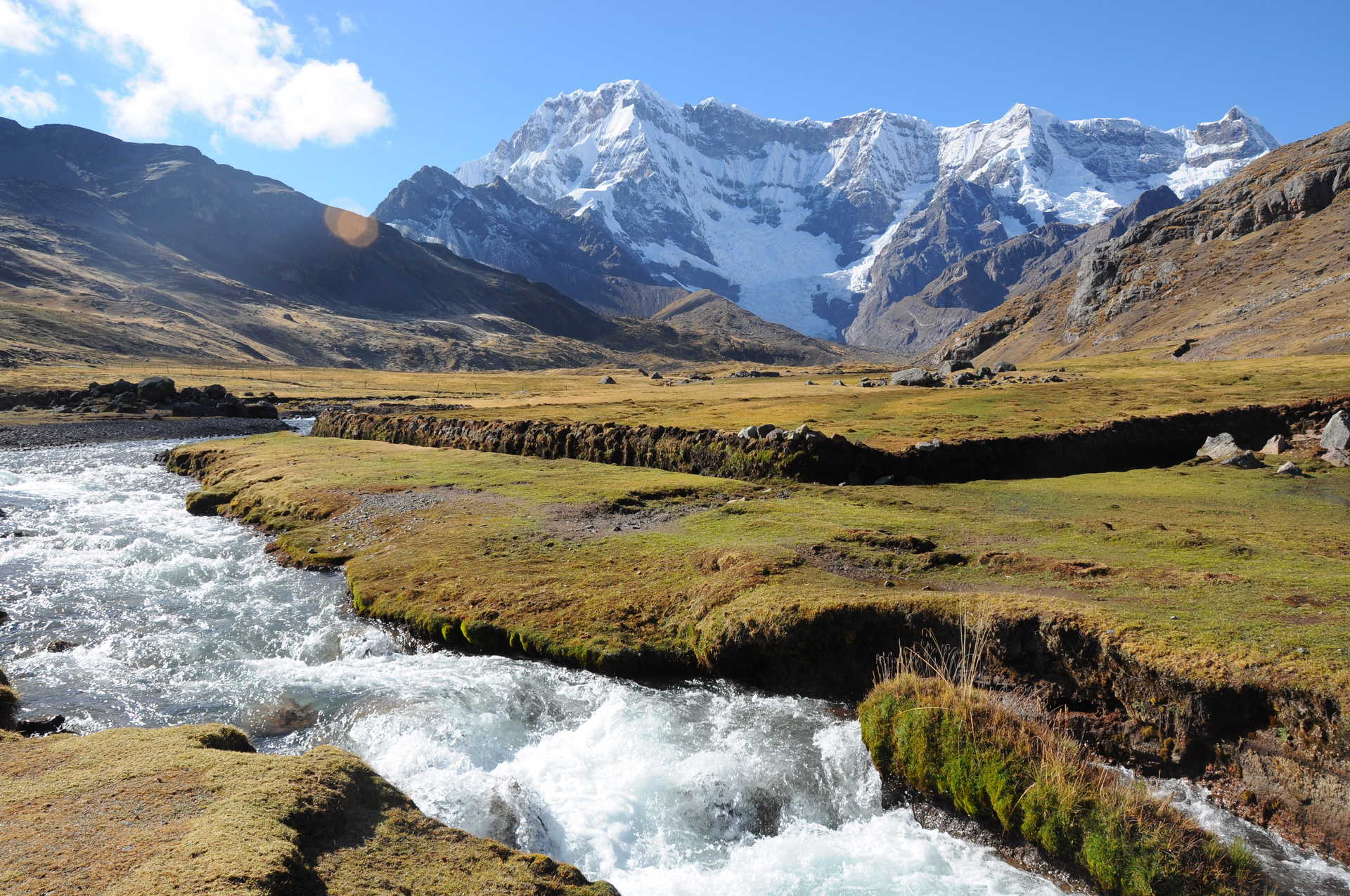
Contact
our UK team

The Kandoo team will meet you at Cuzco airport and transfer you to your pre-trek hotel. Later you will attend a pre-trek briefing with your Lead Guide to prepare you for the challenge ahead
It is essential that you acclimatise to the altitude before you begin this trek. The city of Cuzco sits at an altitude of 3400m and is a great place to adjust to the altitude. We will take you on a hike to explore the ancient Incan sites around the city to help your acclimatisation. We will pick you up from your hotel and drive to the archeological site of Tambomachay. We will visit the red fort of Puca Pucara, the ceremonial site at Q’enqo and the stunning ruins of Sacsayhuaman as we work our way back to the main plaza in Cuzco
We will take a second day to acclimatise and will drive to the Sacred Valley of the Incas, from where we will be able to see the Cordillera Vilcabamba and the snow-capped Mount Salkantay. Our day begins at the ruins of the Inca citadel perched high above the quiet village of Pisaq, a site famous for its agricultural terracing. We move on to Ollantaytambo, the best surviving example of Inca city planning, with narrow cobblestone streets that have been inhabited since the 13th century. Finally we will visit the town of Chinchero where we will meet the indigenous people who still speak the ancient Quechua language and learn about the traditional textile weaving techniques. The church in the main square is built on Incan foundations and houses baroque altars and decorative frescos.
We leave Cuzco around 6am as we have a 3 hour drive to reach the starting point of our trek at Quesiuno where we will meet our team of local horsemen. Once the horsemen have prepared the bags and equipment, we will begin trekking. It will take us 2-3 hours to trek to the Vinicunca Pass where we will have our first sight of the famous Rainbow Mountains with their multi-coloured layers of rock sediment. There will be time to rest and take plenty of photographs before we continue our trek. We will hike for 2 hours to the Surimani Cocha where we will stop for lunch. We will then ascend again to cross Warmysaya Pass (5000m) before our final downhill trek for 2-3 hours to our campsite at Anantapata
After an early breakfast, it will take 3 hours to trek to the Pucacocha Pass. Today is another day of spectacular views, as we are surrounded by stunning scenery – glacial lakes and high mountains, including the mighty Apu Ausangate (6384m). We may come across herds of llamas and alpacas, as the herdsmen use these trails to trade with agricultural farmers. We will descend close to Pucacocha Lake where we will stop to have lunch. After lunch we continue trekking for another 4 hours to arrive at Ausangate Cocha campsite
Leaving the beautiful azure Laguna Ausangatecocha behind we climb to the highest point of our trek, the Palomani Pass, at 5200 metres. From here we can see the Cordillera Vilcanota mountain range, including the peaks of Caracol and Mariposa. We descend from the pass into the broad green valley of Pampacancha. Here, we are close to the base camp that is used for expeditions to Mount Ausangate. We continue to our campsite at Sorapampa.
We pass through the small community of Q’ampa and head to the final pass of our trek, the Q’ampa Pass at 5100m. We will pass several coloured lakes before stopping for lunch by Lake Q’omercocha. We continue to descend for several hours until we reach the village of Pacchanta. The village is inhabited by local herdsmen and their families who give demonstrations of traditional weaving techniques. We can visit the hot springs to soak our tired muscles.
Our driver will meet us to take us to Ollantaytambo which will take around 5 hours, dropping our bags in Cuzco on the way. From Ollantaytambo we will take the train for 1¾ hours to Aguas Calientes, where we will stay in a hotel.
A short bus journey takes us up to the main Machu Picchu site for a full guided tour which will last around 2½ to 3 hours. There is the option to climb Huayna Picchu, the mountain behind Machu Picchu, but you will need to book a permit in advance. In the afternoon we will take the train back to Ollantaytambo and drive back to your hotel in Cuzco.
We will collect you from your hotel and transfer you to Cuzco Airport for your departing flight.
The Ausangate Trek is considered to be a difficult trek. This is mainly because the trail traverses over several high passes, both of which stand above 5,000 metres. The trek is quite long and much of the trail is at high altitude. However, the trail is well defined and no technical climbing is required. A good level of fitness is needed.
Staying
well-fed on your trek is absolutely vital, especially when conditions are such
that you might not want to eat or drink as much as you should. Because
so many trekkers experience a loss of appetite at altitude, our head chef has
developed special menu plans that are appealing, healthy, and filled with all
the energy you need to make it over so many high passes. By default, our meals
include fresh fruit and vegetables every day, as well as fresh meat and fish.
Breakfast is usually fairly hearty. Of course, you’ll also have hot drinks,
generally a choice of tea, coffee or hot chocolate. Let your guide know if you
are still hungry, or even if you think you could ‘pack in a few more bites’.
Our cooks always try to provide more food than necessary to ensure everyone
gets a good meal. We stop for a freshly-prepared hot lunch which includes soup, a main course with fresh vegetables and a small dessert. You may not want to
start walking again afterwards.
Afternoon Tea is served at the end of the
day’s walking, once you get to camp. In addition to tea and other hot drinks,
there are plenty of snacks to help restore some of the energy you’ve just
burned off.
Dinners are quite filling. They usually
begin with a nice hearty soup, and then a main course with fresh vegetables,
and plenty of rice, pasta or potatoes, followed by a yummy dessert.
On the trek, we filter and boil all the water that we give to you for drinking. You may wish to bring purification
tablets as an extra precaution but they are not essential. Every morning we
will fill up your water bottles or hydration bladder with at least 2 litres of
water.
If you have special dietary requirements
or are a vegetarian, you need to let us know when you book so that we can be
sure to have a suitable menu planned.
All Kandoo treks to Machu Picchu are supported by our dedicated and experienced crews. We run high support crew to trekker ratios which allows us to provide a superior service whilst ensuring your safety and comfort throughout the trek. On the Ausangate Trek we use horsemen and mules, to carry gear. All our guides are fluent in English and Spanish.
Bag Weight: 7kg
We say goodbye to our crew at Pacchanta,
before we return to Cuzco. Any tips that you wish to give to the cook and arrieros will
need to be carried on the trek with you.
Want to ask us a question or book a private trip? Don't hesitate to contact us!
Contact usIf you’ve decided to rent gear, then
below is a list of equipment available. Just let our team know what you’d like
to hire at your Pre-Trek Briefing.
All payments are made locally in US Dollars (cash only):
